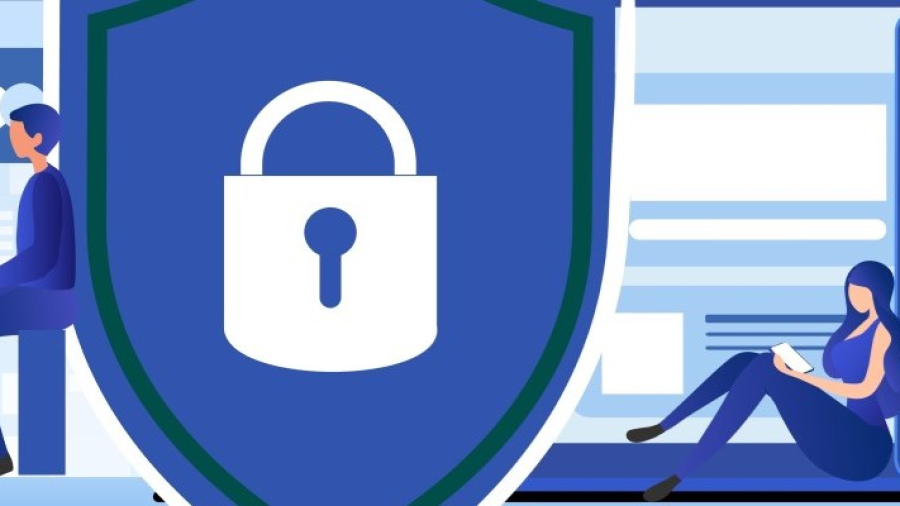The ongoing shift to hybrid and remote work models has created new security challenges for businesses, as has the increased use of SaaS applications.
Workers and businesses alike are experimenting with new applications and services to enhance collaboration as workers stretch across virtually any location. This growth in new tools and unmanaged devices has created an urgent risk around access management and identity verification.
The risk? You can’t protect what you can’t see.
Traditional security practices focused on protecting access that was tied to a physical location or a company managed device and is not equipped to handle a world of work where employees can, and frequently do, work from anywhere, on any device, and with whatever apps help them get their work done – company approved or not.
The Risks of Shadow IT
A recent study found that one in three employees (34%) use shadow IT in the form of unmanaged, unapproved applications. The same study showed that more than half of employees have worked on a personal device in the last year and 20% of employees have worked on public computers or from a friend’s or family member’s device – proving that employees can, and often do, sign in to work accounts from unmanaged devices. There are a number of risks with shadow IT:
- IT has no insight into what private company information is being stored/shared with these apps and services.
- If an employee leaves the company the IT team can’t revoke access to an app it doesn’t know exists.
- In the event of a data breach of one of those apps or devices, IT teams would be unable to take appropriate security measures to protect information as they wouldn’t even know it was exposed.
The solution to shadow IT is a zero trust security approach. Zero trust at its core is founded on the premise of ‘trust nothing, verify everything’. While great in theory, there’s one big reason why zero trust isn’t working: traditional security tools are simply not capable of securing these invisible and unmanaged applications and devices.
Consider the case of single sign-on (SSO): it’s widely considered one of the more complete solutions available but it can’t protect Shadow IT apps or in-house applications, and it’s so prohibitively expensive that most companies can’t afford to extend it to all their apps or users. That’s why more than two-thirds of security pros believe SSO tools are not a complete solution for securing employees’ identity.
This gap between the devices, apps, and identities employees are using today, and what traditional tools are capable of securing, is called the access-trust gap. The larger the access-trust gap, the bigger the risk of a business experiencing a data breach.
And so IT teams are challenged to implement a zero trust model with insufficient tools amid an ever widening access-trust gap as more and more new applications and devices access their most sensitive data.
Extended Access Management
This is the problem that extended access management (XAM) solves.
XAM updates the way organizations approach identity and access management to reflect the way we work today. Moving beyond traditional tools, XAM is the first solution that takes a complete approach to securing identity, devices, and applications.
New tools, such as 1PasswordⓇ Extended Access Management, make it possible for organizations to stay secure by:
- Securing all applications – managed and unmanaged.
- Providing a single universal sign-on to all applications.
- Making it so only healthy devices can access applications.
- Delivering a simple user experience that won’t hurt productivity or create IT bottlenecks.
Now businesses can secure every sign-in for every app from every device – even those unmanaged by IT or security.
Work has changed and legacy security solutions are not keeping pace. Organizations that do not evolve to meet this changing world will be more susceptible to threats that exploit the known security gaps exposed through shadow IT and hybrid/remote work. XAM is the solution for the future of work, helping secure unmanaged apps and devices, no matter where employees choose to use them.
By Steve Won
